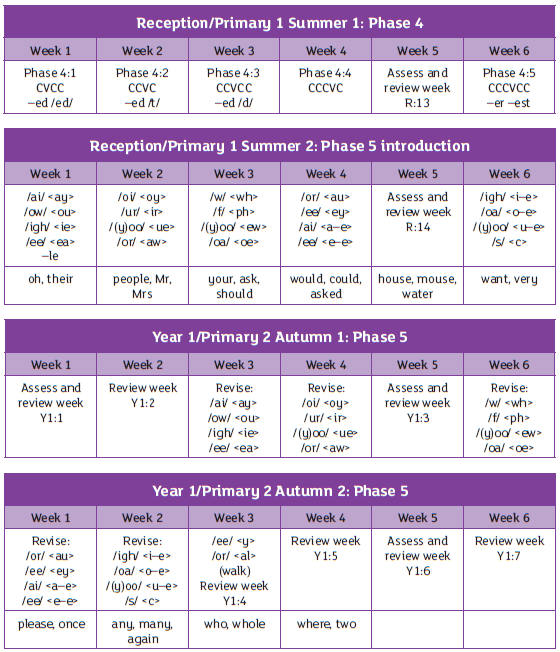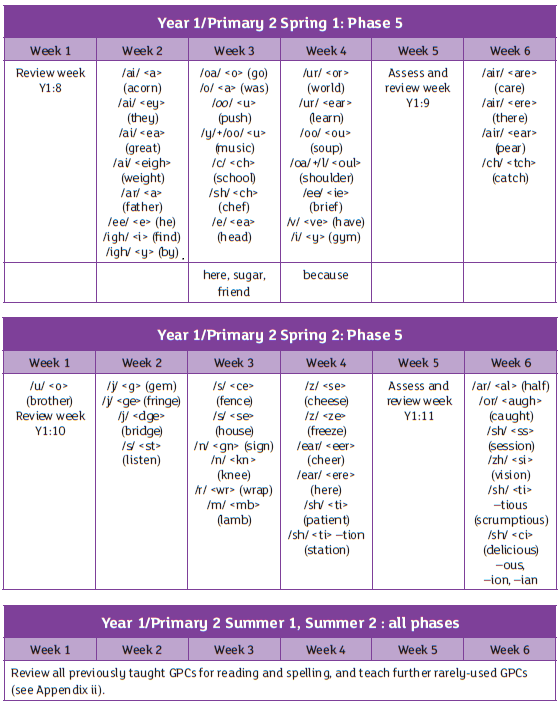Phonics at Blandford St Mary CE Primary School
Curriculum Intent Statement
At Blandford St Mary CE Primary School, we teach our children to read using Essential Letters and Sounds, a well-planned systematic phonics programme. Alongside this, we ensure our environments are rich in talk and story, where children experience the joy of books and language whilst rapidly acquiring the skills to become fluent independent readers and writers.
We strive to ensure that all children become successful, fluent readers by the end of Key Stage One. In order to do this we provide every child with high quality phonics as this plays a key role in children developing word decoding skills.
‘We aim for all children to read well, quickly.’ Essentials letters and Sounds
Curriculum Implementation Statement
In order to achieve this, every child in Reception, Year 1 and 2 receives daily phonic lessons. Every lesson has clear precise structure of revisit, teach, practise and apply. This allows for a recapping of previous knowledge and time to embed new learning, which is then practised and applied in both reading and writing every day.
We teach whole-class, daily phonics and every phonics lesson has been designed to ensure that the minimum cognitive load is placed on the learner. The structure of the lessons allows children to predict what is coming next, what they need to do, and how to achieve success. We use the same teaching sequence – Show, copy, repeat – until each child is independent. The teaching sequence is the same in all stages of the lesson, from whole class teaching to one-to-one intervention.
Children will typically learn Phase 2 and Phase 3 sounds in Reception with them starting Phase 4 in the Summer.
In Year 1 Phase 4 is recapped before Phase 5 is taught including alternative sounds and alternative graphemes. In Year 1 children will also do the Phonic Screening Test which assesses their phonic knowledge and ability to apply sounds to read both real and alien (pseudo) words.
In Year 2, the children move from whole class phonics teaching to learning spelling patterns and rules.
All children are closely monitored and regularly assessed so that any children who are struggling or who have gaps or misconceptions are identified early and additional support put in place.
Curriculum Impact Statement
Our children:
- make progress through the different phases of phonics in line with Year Group expectations and make progress from their own individual starting points.
- become confident and resilient in tackling unfamiliar words by applying learnt knowledge and skills to segment, blend and read words which are real and nonsense.
- demonstrate high levels of engagement in phonics and will apply their phonological knowledge when reading and writing and use the working walls to assist them when needed, but become increasingly independent in this process.
- recognise tricky words and high frequency words when reading and apply these when writing.
- (Children with SEND) develop phonic skills and knowledge and develop their ability to apply this across the curriculum to help prepare them for the next stage in their education.



